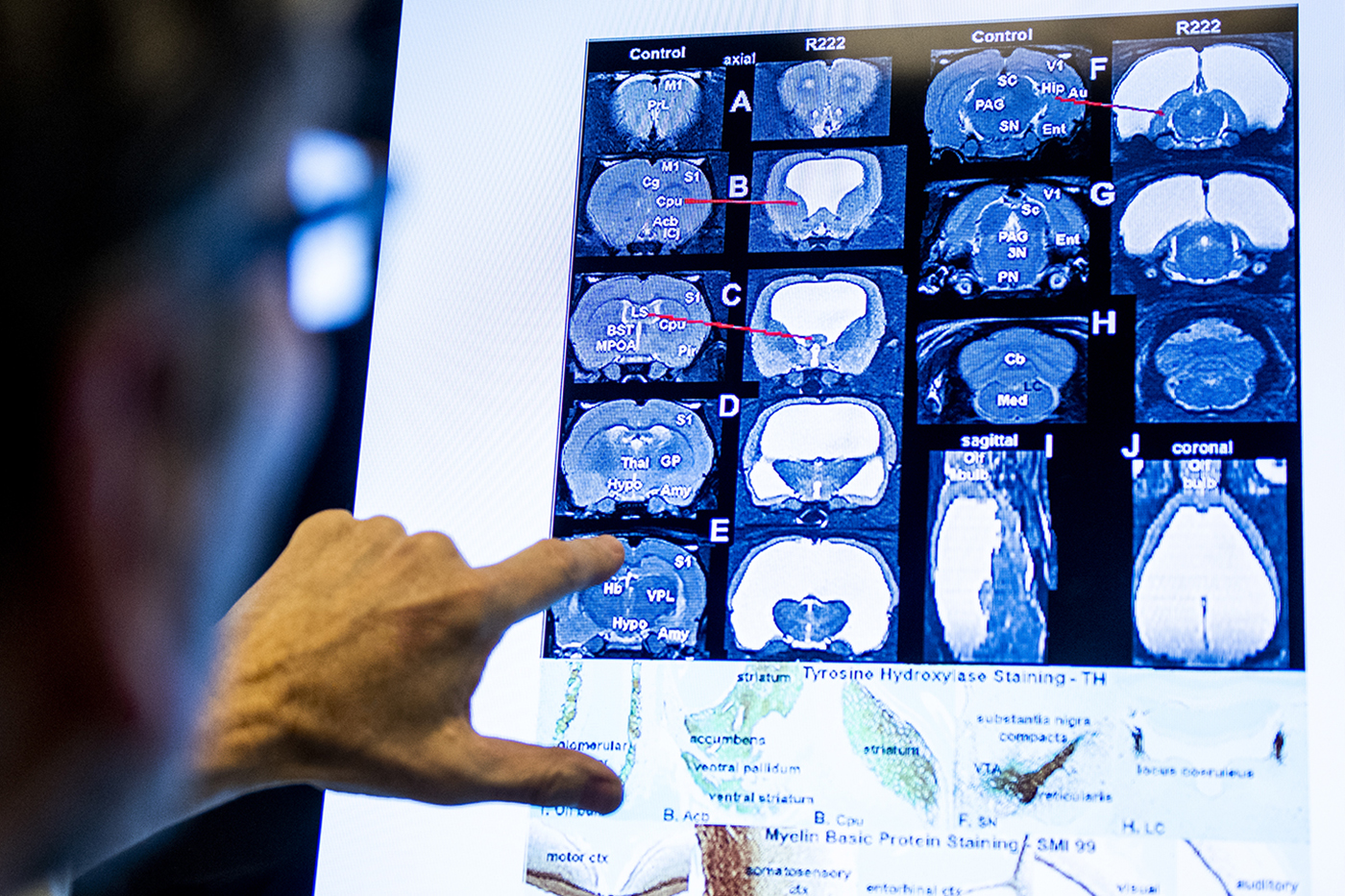An Old Rat With No Brain Raises Some Very Interesting Questions
The researchers had no idea how strange their lab rat was until, in a routine procedure, they scanned its headYes, R222 was only a rat. A rat that turned out to have no brain. But here’s the thing: R222 had lived a normal life as a lab rat for two whole years. According to rat specialists, that’s like 70 human years.
Researchers were, to say the least, puzzled.
The story begins with a scientist scanning the brains of “very old” lab rats as part of a study on aging. Except that subject R222, otherwise a conventional rat, didn’t seem to have a brain. The brain cavity had collapsed and filled with fluid (hydrocephalus).
We can see from the photo that where the control rat has brain, R222 has fluid:

On further investigation, researchers found that all brain functions had been exported to tiny, unexpected areas that were not affected by the massive fluid buildup. For example,
In R222’s case, he says, the processing of visual input “was distributed over much of the remaining brain, and the same thing with smell and touch.” What at first the scans suggested to be a brainless rat was actually a rat with a brain that had been pushed out of the way and flattened like a pancake—and kept working.
Arria Bracci, “This rat gives ‘no-brainer’ a whole new meaning” at News@Northeastern (January 22, 2020)
Neuroscientists call this neuroplasticity but they don’t find many examples as dramatic as this one. And it raises a number of questions.
A skeptic might say, but surely R222 was a zombie rat, right, and somehow no one had noticed the problem (which probably developed early in its life). Well the team ran psychological tests on R222 compared to other rats:
To assess memory, the researchers placed each animal in a Plexiglas box to observe how it responded to a new space and the objects within it. They then observed the rats navigating a maze in a further display of memory, as well as of spatial learning skills, and measured physical behavior as the animals walked a balance beam.
In all but one of these tasks, R222 performed just like the other rats.
Arria Bracci, “This rat gives ‘no-brainer’ a whole new meaning” at News@Northeastern (January 22, 2020)
Where did R222 fail?
The exception was exploring a novel environment—the other rats moved around and showed interest in their surroundings, and R222 stayed put. On its own, though, the latter behavior wouldn’t indicate something debilitating, says Ferris; this failure to explore is common among anxious animals. So, beyond the possibility that it experienced heightened anxiety, R222 functioned normally—and, importantly, appeared normal on sight.
And yet, brain areas as seemingly crucial as the hippocampus, which processes memory, were so distorted that Ferris and his team couldn’t even identify them on sight. It was only after they traced chemicals in the brain that they were able to verify that, indeed, the hippocampus was that squished, displaced object pushed toward the back of the brain.
Arria Bracci, “This rat gives ‘no-brainer’ a whole new meaning” at News@Northeastern (January 22, 2020)
R222 might have experienced more anxiety than other rats in part because it had suddenly become the focus of intense interest from humans—a fact that a naturally secretive, hunted animal like the rat might easily pick up on. We can’t, unfortunately, know whether R222 would have behaved like the other rats in exploring an environment if it had never been the subject of such focused interest from humans.
Northeastern lab director Craig Ferris offers an interesting comment:
“One of the things I always get a kick out of is the hubris that we have about how highly organized our brain is—and how complex it is,” Ferris says. “We’ve really focused so much attention on the cortex, and here you have these cases where you can almost eliminate the cortex—large portions of it—and it’s not making a heck of a lot of difference.”
Arria Bracci, “This rat gives ‘no-brainer’ a whole new meaning” at News@Northeastern (January 22, 2020)
Eliminating the cortex while retaining function is evidence against the idea that the mind is the same thing as the brain. There’s clearly no one-on-one relationship.
We know from surgical treatments of epilepsy that people can function normally with split brains or only half a brain. How it all relates to rats is something we still need to puzzle out. One thing for sure: Modern neuroimaging is giving us a very different picture of the world of information, as it relates to matter and energy, than we might have expected from traditional materialism.
Note 1: The paper is open access.
Note 2: In the photo of brain scans above, Craig Ferris, professor of psychology, points at a scan of a normal rat’s brain. In contrast, the important parts of R222’s brain collapsed and relocated, concealing major glands and regions from even the most trained eye. Photo by Ruby Wallau/Northeastern University
You may also enjoy:
Four conventional researchers whose work sheds light on the reality of the mind. The brain can be cut in half, but the intellect and will cannot, says neurosurgeon Michael Egnor. The intellect and will are metaphysically simple.
